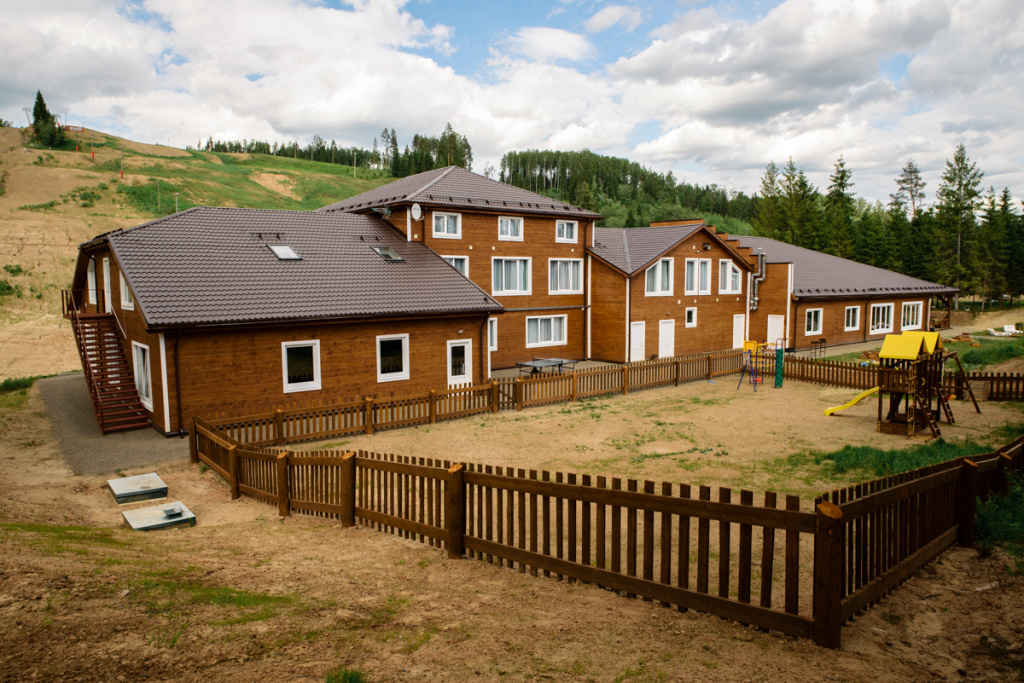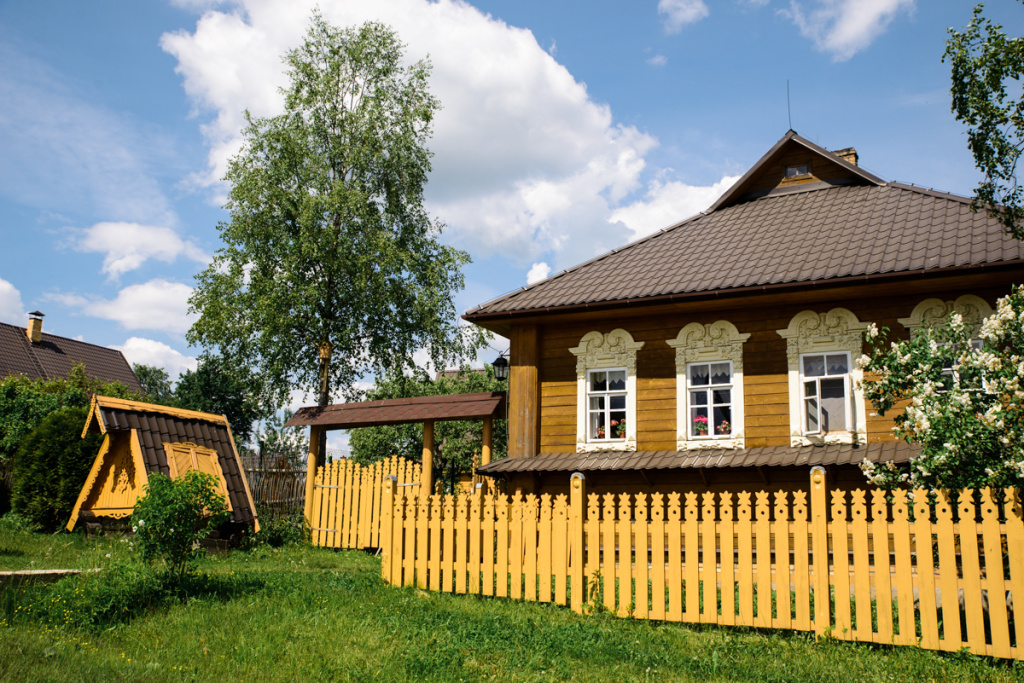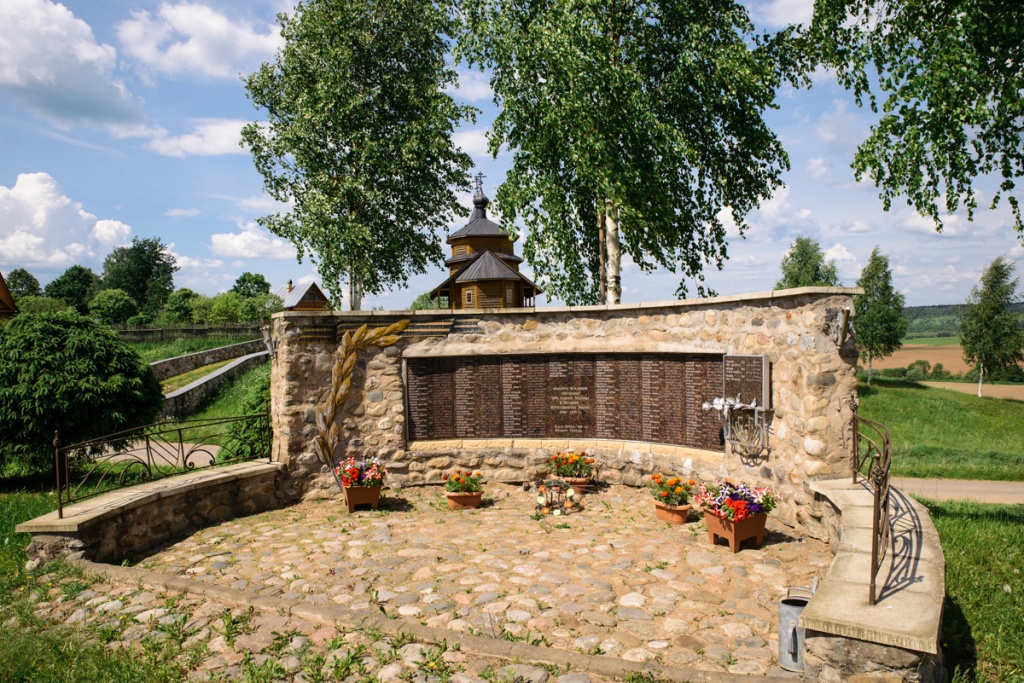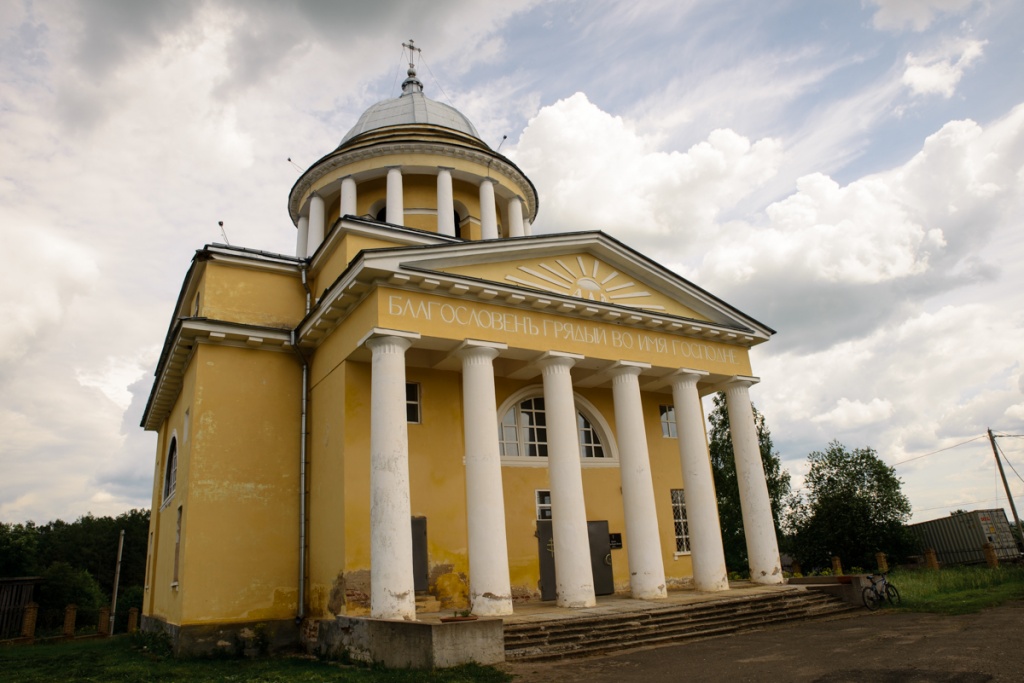Lyubytino is a small town in the Novgorod Region that tourists call “Novgorodian Switzerland” due to its terrain with elevation reaching 100-150 metres in places. It is a unique place with rare landscapes, karst lakes, rapids and waterfalls on the rivers Belaya and Priksha. Lyubytino is also home to numerous archaeological landmarks.
10TH CENTURY SLAVIC VILLAGE OPEN-AIR MUSEUM
The open-air museum features residential and auxiliary buildings (barns, cellars, bread stove, smith shop). It is not an ordinary museum that prohibits touching the exhibits. On the contrary, you can try to grind grain using a mortar or a grindstone, start a fire, and light a stove and a rushlight.
Visitors can try on beautiful Slavic attire or a knight’s chain armour and helmet, wield a sword and throw a spear. The hospitable owners of the village will tell guests about the culture, traditions and beliefs of our ancestors.
ALEXANDER SUVOROV’S ESTATE IN KAMENKA
The estate of the prominent Russian commander Alexander Suvorov is located on the shore of Lake Kamenskoye, 18 km from Lyubytino. The 18th-century wooden house and the 19th-century Alexander Nevsky Church have been preserved well and are open to the public. According to some bibliographers and historians, the memoirs by Suvorov’s grandson, Alexander, indicate that the renowned commander was born on the estate.
IVAN GOREMYKIN’S FAMILY ESTATE
Ivan Goremykin was a Russian politician, the last prime minister under the rule of Nicholas II.
The estate is located in the centre of Lyubytino on the right bank of the Msta River near its confluence with the Belaya River. There are six buildings that date back to the late 19th century, including a park and a family crypt. One of the buildings represents the Gothic style and currently hosts the Lyubytino children’s art school.
CATHEDRAL OF THE NATIVITY OF THE MOST HOLY MOTHER OF GOD
The Cathedral of the Nativity of the Most Holy Mother of God is located near the Goremykin estate. The cathedral was built at the site of the Church of Saint Michael the Archangel that burnt down in 1884. The cathedral now hosts the Lyubytino house of culture.
CHURCH OF THE ASSUMPTION OF THE BLESSED VIRGIN MARY, 1832
The Church of the Assumption of the Blessed Virgin Mary was built on the left bank of the Msta River across from the Goremykin estate. It is a rare type of church with the bells located in the main part of the building under the dome. The construction was funded by Colonel Alexander Khanykov and devoted to the 20th anniversary of victory over Napoleon. The church currently belongs to the Novgorod diocese and is under renovation.
TRACTOR MADE BY KHARKOV TRACTOR PLANT
A monument to the first farm machinery operators: a full metal tractor manufactured at the Kharkov Tractor Plant in the 1930s. Installed in Lyubytino in 1967.






